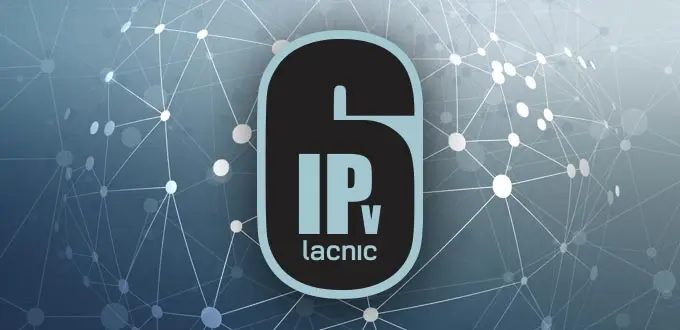How Panama Is Advancing in IPv6 Adoption in Government Networks
22/06/2023

Deploying the IPv6 protocol is a strategic step towards realizing any government’s digital agenda plans.
There are currently no more available IPv4 addresses, yet in Latin America and the Caribbean approximately 200 million users —or just over 30% of the population, as reported by ECLAC— remain unconnected. Adopting the IPv6 protocol is the only way to guarantee that they can participate in the opportunities afforded by the digital age. In addition, the number of interconnected devices is growing exponentially, which also creates a huge demand for IP addresses.
Thus, the challenge is to ensure that every country can achieve high levels of IPv6 deployment so they will not be left behind, neither in terms of access for their citizens or technological development.
In the case of Panama, in 2022 the National Authority for Government Innovation (AIG) presented the results of the Project for the Coexistence of the IPv4 and IPv6 Protocols in the National Multiservice Network (RNMS), a platform that provides telecommunications services to more than 5,000 public entity sites, including communication link services (data), Internet, data center and voice services. The goal was to kick off the IPv6 adoption process in Panama’s public entities, preparing and modernizing public administration for the growing demand for connectivity that is expected in the coming years.
Alkin Saucedo B., AIG Telecommunications Director, spoke with LACNIC about the challenges of adopting the new protocol.
Why is transitioning to IPv6 important for modernizing public administration in Panama? What is the status of connectivity in the public sphere?
We at the National Authority for Government Innovation (AIG) are considering the project for introducing IPv6 as part of the strategies for the development of the Information and Communication Technology (ICT) sector and the strengthening of the Panama Digital Hub initiative, the main goal of which is to promote the use of ICT in Panama. One of its multiple verticals is connectivity. For us, the implementation of IPv6 plays an important role in the modernization of public administration, particularly considering that LACNIC has been talking about IPv4 exhaustion and the need to transition to IPv6 for several years.
(Free access, no subscription required)
What has the implementation been like and why did you design a roadmap and a phased process? Why is this format suitable for IPv6 implementation?
The plan we have established concludes in a roadmap and is the result of a process that included a diagnosis we previously carried out with public entities to identify not only the technology level of their infrastructure, but also their knowledge of IPv6 and the importance and priority that each public entity assigns to IPv6. This diagnosis included the RNMS, and results showed that the network is prepared to support public entities as they progressively transition to IPv6. In fact, we are already managing some IPv6 addresses through the RNMS. In this sense, creating a roadmap not only provides an order but also enables a phased implementation of IPv6 based on the specific needs of the public entities identified in the diagnosis. The roadmap establishes the actions that must be implemented in the short, medium, and long term, acknowledging the unique requirements of each public entity.
The roadmap contemplates not only training, support, and technical guidelines, but also proposes a reasonable timeframe for public entities to implement this change in technology.